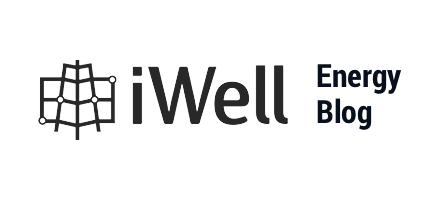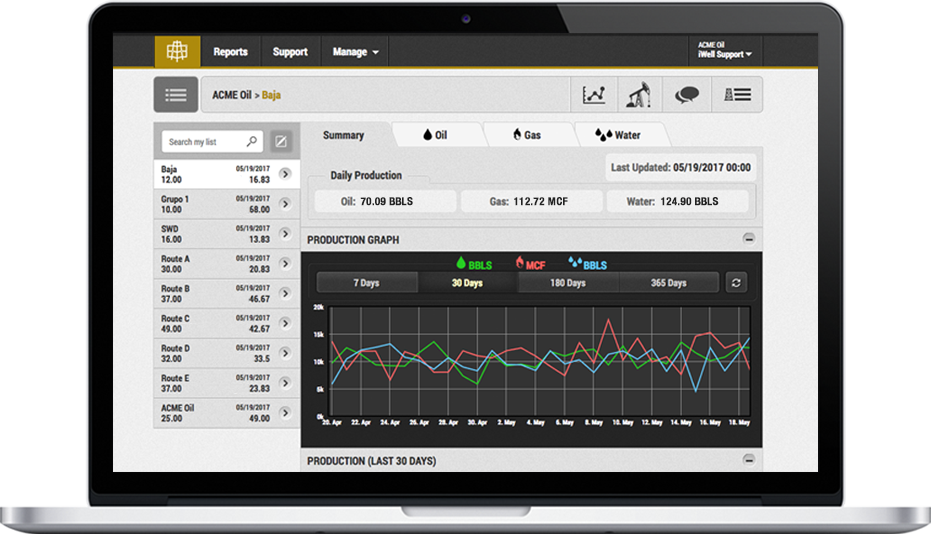An Introduction to Creating KPIs for Small and Midsize Oil Operators
A Key Performance Indicator (KPI) is a measurable value that demonstrates how effectively a company is achieving key business objectives. Organizations use KPIs at multiple levels to evaluate their success. High-level KPIs may focus on the overall performance of the company, while low-level KPIs may focus on processes within departments.
Being S.M.A.R.T about your KPIs
A KPI is only as valuable as the action it inspires. Companies might adopt industry-recognized metrics, that in the end don’t reflect their business goals.
One way to evaluate the relevance of a KPI is to use the SMART (Specific, Measurable, Attainable, Relevant, Time-bound) model. When building your KPIs, you need to ask yourself the following questions:
- Is your objective specific?
- Can you measure progress?
- Is the goal realistically attainable?
- How relevant is that goal for your company?
- What is the time-frame for accomplishing the goal?
KPIs + Decision making
The development of relevant KPIs isn’t enough. They must be implemented effectively. In many cases, the data related to KPIs should help guide discussion and strategic decision making.
KPIs benchmark
If this is your first time creating a set of metrics for your company, there are a couple of industry standard indicators that you could look into. Remember that before implementing a metric within your organization, you must first ask yourself and your team, if its really relevant for your company’s goals.
Some major Oil and Gas companies choose to publish their KPIs in an online format. Sometimes these indicators are found within annual reports. Shell, for example, focuses on indicators such as total shareholder return, net operating cash, project delivery, production available for sale, and refinery and chemical plant availability. BP shares some indicators; however, they seem to favor their in-house profitability measurement of underlying replacement cost profit.
Smaller companies like on the other hand, choose to focus on much narrower KPIs like gross average production and operating cost per barrel, representative of a more focused business model.
There are two major categories that E&P operators should focus on:
Capital Expenditures (CAPEX)
This is the spending by an E&P (Exploration and Production) operator to find and develop reserves. An E&P company’s CAPEX can vary significantly over the years. Spending can be impacted by Oil and Gas prices, changes in the supply management chain and emerging technologies.
Operating Expenditures (OPEX)
Operating expenses are incurred as part of day-to-day operations. These include direct field related production costs, along with non-cash charges depreciation, depletion, etc.
Using technology to track your KPIs
Keeping track of information produced in the field and in the office is paramount to successfully implementing KPIs within your organization. By mobilizing your field teams, you can record accurate, timely data that will serve as input to create operational and financial strategies.


